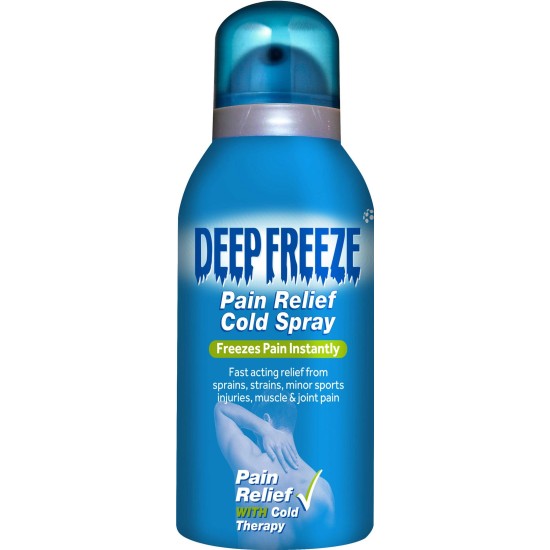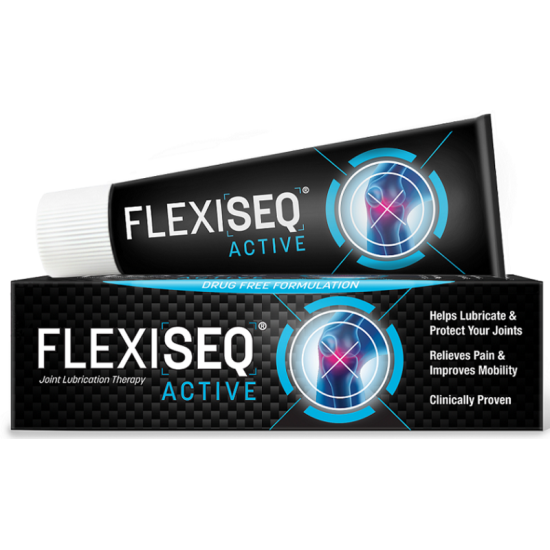Different Types of Arthritis and How to Treat Them

What is Arthritis?
Arthritis is a condition that is known to cause pain and inflammation in bone joints. Over 10 million people in the UK have arthritis and/or other joint issues, and although this condition more commonly develops amongst people in their mid-40s or older, anyone can be affected by arthritis regardless of age.
Types of Arthritis
There are two main types of arthritis: Osteoarthritis (the most common type) and Rheumatoid arthritis, which this post will take focus on. However, there are also other types of arthritis such as:
- Ankylosing Spondylitis
- Cervical Spondylosis
- Fibromyalgia
- Lupus
- Gout
- Psoriatic Arthritis
- Enteropathic Arthritis
- Reactive Arthritis
- Secondary Arthritis
- Polymyalgia Rheumatica
Osteoarthritis
As we’ve mentioned, Osteoarthritis is the most common type of arthritis with over 9 million people in the UK suffering from it. This particular type of arthritis affects the cartilage lining of the joints which then causes these joints to roughen, making it more difficult for people to move. This also causes pain and stiffness in the joints which makes the cartilage rougher and thinner – the tendons and ligaments within the joints must then work harder causing further pain. Osteoarthritis can also cause small bits of bone to grow within the joint which could affect its shape due to the increase in fluid. It can commonly be found in the hands, knees, hips, and on rare occasions, the spine joints, but it can develop in any joint.
Osteoarthritis Treatment
Although there is no complete cure for arthritis, there are many remedies and treatments available that can help.
- Making subtle changes such as exercising more can be an effective form of treatment as this can help to ease the pain and/or stiffness. This can also increase the strength of joints so that the symptoms of arthritis are less noticeable.
- Losing weight could also help with Osteoarthritis, as being overweight can make the symptoms of the conditions worse as more pressure is placed on the joints.
- Your doctor may also recommend that you take pain relief medication such as paracetamol and in the case that this is ineffective, you may be prescribed with NSAIDs (non-steroidal anti-inflammatory drugs), Opioids, or Capsaicin cream to help with the pain.
- Certain assistive devices and accessories can also help to reduce symptoms, as these can alleviate some of the stress on joints, making it less painful to carry out day-to-day tasks.
Rheumatoid Arthritis
Rheumatoid arthritis is less common than osteoarthritis with approximately 400,000 people in the UK suffering from it. It typically develops amongst people aged 40 – 50 and is also more common amongst women than men. Rheumatoid arthritis is a responsive condition that causes the body to attack the joints which leads to pain and swelling around the joints. It’s an autoimmune disease whereby the body mistakenly attacks healthy cells (joints in this instance) which causes inflammation and can eventually lead to bone damage and joint deformity in the long term.
Rheumatoid Arthritis Treatment
- DMARDs (Disease-Modifying Antirheumatic Drugs) are a type of medication that eases the symptoms and slows down the progressive damage caused by Rheumatoid arthritis by blocking the effects of the chemicals that cause inflammation.
- Biological treatments such as Adalimumab are usually taken alongside other DMARDs and are a form of injection that stops the body from calling on its immune system to attack the joints.
- JAK inhibitors are a newer form of medication for those suffering from severe Rheumatoid arthritis and are typically prescribed to people who are unable to undertake DMARDs or Biological treatment.
- Similar to Osteoarthritis, pain relief medication such as paracetamol and NSAIDs can also be used to ease the symptoms and pain caused by Rheumatoid arthritis.
Exercising with Arthritis
As we’ve mentioned, exercise can be a great way to treat arthritis as this will build muscle in the body, which will increase the strength of the joints.
Some sports that may help with joint pain include:
- Cycling
- Swimming
- Weightlifting
- Yoga
If you don’t fancy taking up a whole new sport, there are some simple exercises you could try that may help:
Exercise #1
- Sit down
- Lift your leg up and pull your toes up
- Tighten your thigh muscles
- Straighten your knee
- Repeat with the other leg
Exercise #2
- Stand in front of a chair and hold on to it for support
- Slowly crouch, keeping your back straight and heels on the floor
Exercise #3
- Sit down on the floor with your knees bent and feet together
- Press your knees outwards and down towards the floor
- Use your hands to slowly push your knees down, if needed
Exercise #4
- Lie on your back
- Pull your knee to your chest whilst keeping your other leg straight
- Repeat with the other leg
Deep Freeze Pain Relief Cold Spray
Deep Freeze Spray is a rapidly cooling spray that helps to ease the pain by freezing the affected area. It gets to work quickly, helping to relieve pain and inflammation by cooling and soothing your sore, aching joints and muscles. Deep Freeze Spray works by rapidly cooling painful or swollen areas, working like ice to relieve pain and inflammation.
FlexiSEQ Active Gel is a drug-free pain relief gel that is topically applied to improve joint stiffness and reduce pain associated with Osteoarthritis. It lubricates the cartilage in the joints to improve impaired joint function. This provides a layer of lubricant that helps protect against friction and wear.
References
https://www.nhs.uk/conditions/arthritis/
https://www.nhs.uk/conditions/osteoarthritis/
https://www.nhs.uk/conditions/rheumatoid-arthritis/

